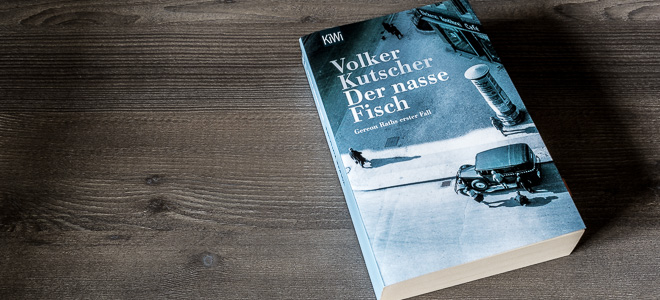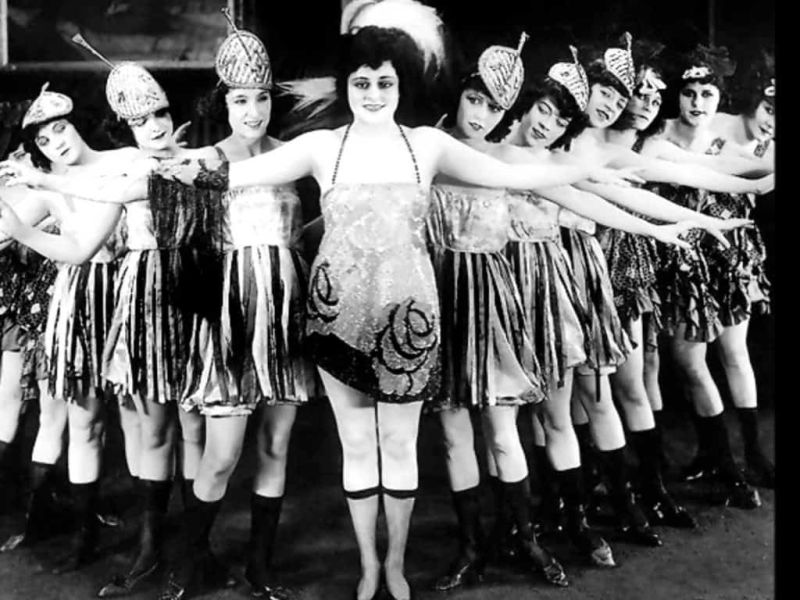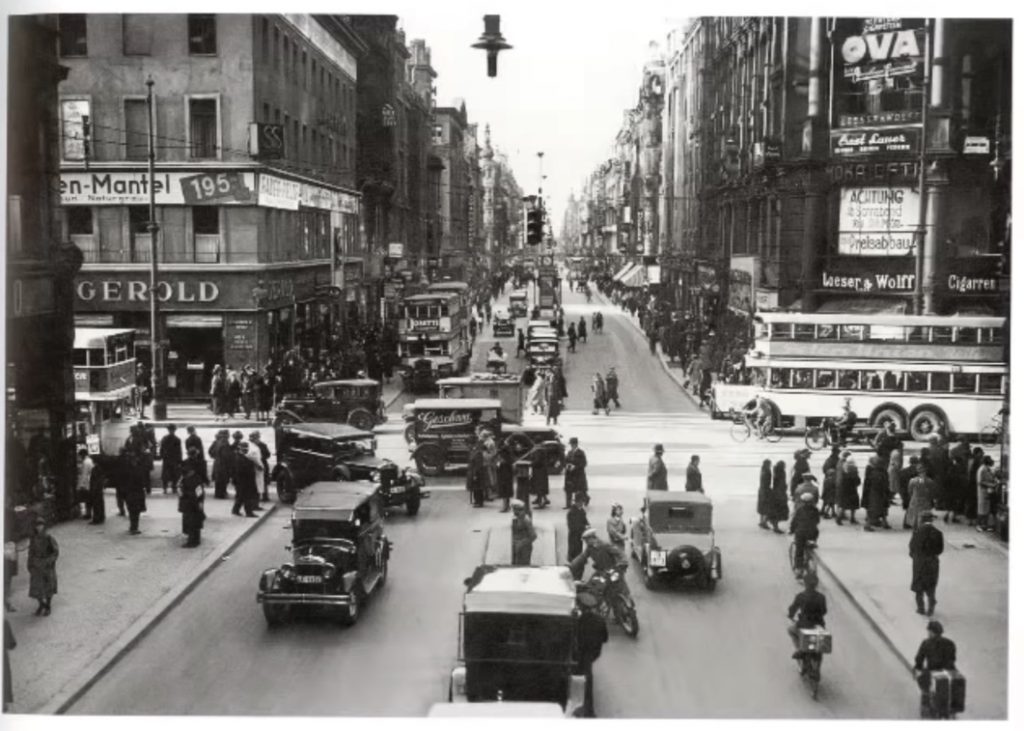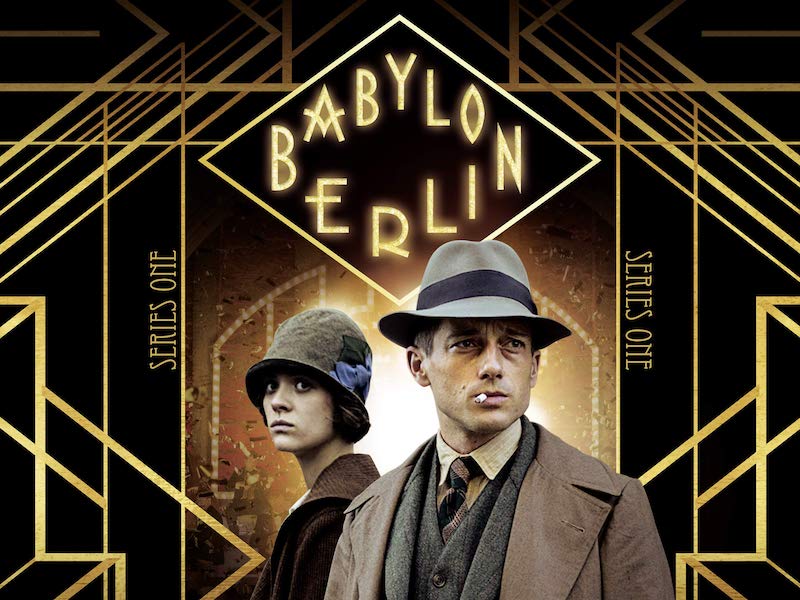Summer time is perfect for book reading. Crime novels have been one my long term favorite and I have read a number of them taking place in Old Shanghai (see https://shanghailander.net/tag/crime-novel/ for more details). A few years ago, I wrote about the parallels between Old Shanghai and early 1940s LA in James Ellroy’s “Perfidia” as well as Roman Polanski’s movie “Chinatown” . This time, the trip is to 1929 Berlin, with Volker Kutscher’s “Der nasse Fisch”.

End of 1920s Berlin was definitely a rough and happening place. The consequence of WW1 defeat and a weak government overwhelmed by powerful militias on both side of the political spectrum created instability but also a kind of free for all atmosphere that was really special. Like in other European countries, the 1920s were crazy years where everything was possible, but Germany definitely had a much darker version. This clearly resonate with Old Shanghai feeling of lawlessness created by the 3 sectors, International Settlement, French Concession and Chinese city, with gangsters being able to easily escape the law from the one to the other. In Berlin, like in Shanghai, the police was often less busy running after gangsters than chasing political opponents, in particular communists.

This created a background where life was to be enjoyed today as none really believed in tomorrow. Late 1920s Germany was time of new thoughts and new arts, at the same time that Haipai style developed in Shanghai (one of the main current was Bauhaus that later influenced Shanghai architecture). Young people were eager to turn the page of the previous generation and jumped into new Western or American culture. Movies where widely popular and movie industry both developed in Shanghai and in Berlin (Fritz Lang Metropolis is a great exemple). Both Shanghai and Berlin’s scene were taken over by Jazz music, dancings clubs and cabarets (called Varieté in German). Those with money could party like no tomorrow in these new king of places. This also had a dark side in both cities, with rampant drug use, prostitution and criminal organizations.

In both cities, this short period did not last long, as the rise of Hitler in 1933 put a brutal close to it in Berlin, while in Shanghai, the party was shut down by 1937 Japanese invasion. When WWII was over, both Shanghai and Berlin could never go back to these golden ages as the World had totally changed. Destruction of large parts of the city by bombings and partition into East and West meant that Berlin was never the same. The short but intense period created a myth around both cities at the time, that still remains until today, inspiring generations of authors including myself.

Der Nasse Fish is a great novel capturing the atmosphere of the area, while keeping the reader turning page after page. Main character Gereon Rath moving to Berlin in early 1929 to join the Berlin criminal police. The story is very well documented and has many twists and a very enjoyable read. It has translated in many languages and has been turned into successful TV series “Babylon Berlin”. I have yet to find an Old Shanghai crime novel that combines in-depth research, recreation of the right atmosphere and a page turner at the same time. It also helped me to do something I did not do for more than than 25 years, namely read again a full novel in the original German version.